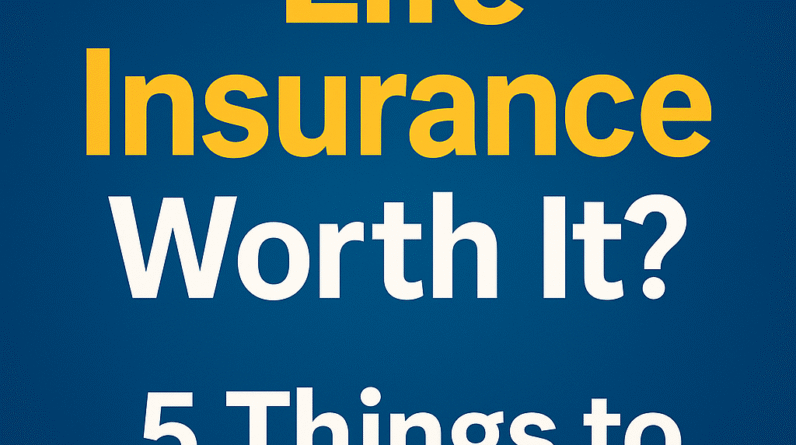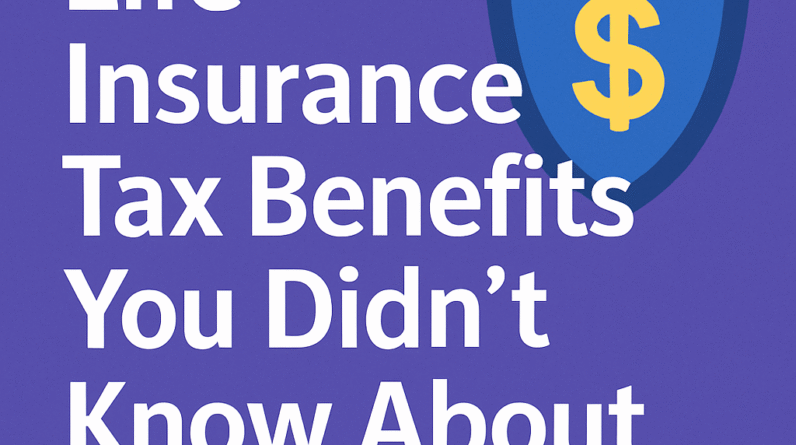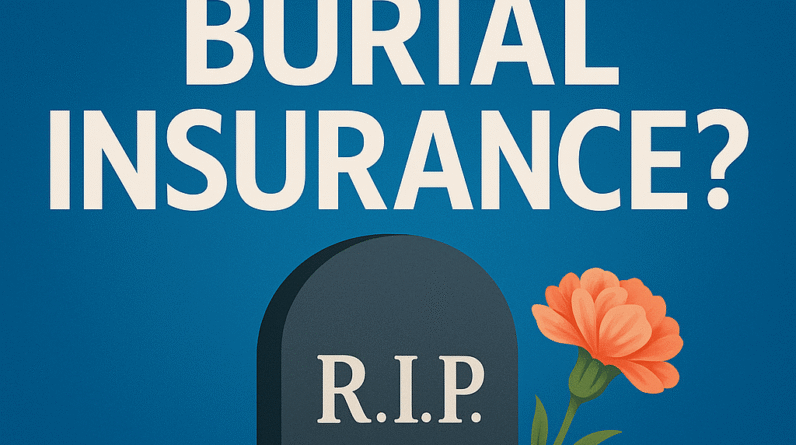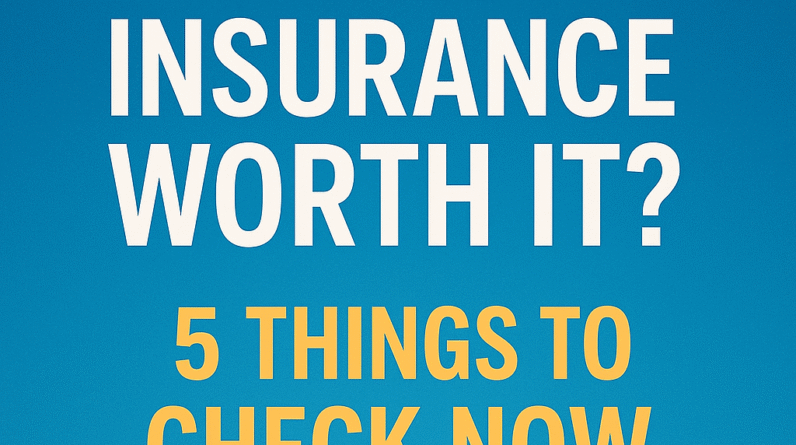When it comes to life insurance, two of the most popular options are term life and whole life insurance. Both offer distinct advantages, but which one is the better choice in 2025? This article compares these two types of life insurance policies to help you make an informed decision based on your financial goals and needs.
What Is Term Life Insurance?
Term life insurance is a straightforward and affordable option that provides coverage for a set period, typically 10, 20, or 30 years. If you pass away during this term, your beneficiaries receive the death benefit. If you outlive the term, the coverage ends, and no payout is made.
Pros of Term Life Insurance
-
Affordability: Term life insurance tends to be significantly cheaper than whole life insurance. This makes it an ideal choice for those looking for coverage without straining their budget.
-
Flexibility: Since term life policies come with various durations (10, 20, or 30 years), you can select the term length that matches your needs, such as until your children are financially independent or your mortgage is paid off.
-
Simplicity: Term life insurance is easy to understand, with no complicated features or investment options. It’s straightforward protection for a specific period.
Cons of Term Life Insurance
-
No Cash Value: Unlike whole life insurance, term life doesn’t build any cash value. It’s purely a protection tool, and you don’t get anything back if you outlive the policy term.
-
Expiring Coverage: If you reach the end of the term and still need coverage, you may face higher premiums when renewing, or your coverage may no longer be available depending on your age or health.
What Is Whole Life Insurance?
Whole life insurance provides permanent coverage, meaning it lasts your entire lifetime, as long as you continue to pay premiums. In addition to the death benefit, whole life policies build cash value over time, which can be borrowed against or withdrawn.
Pros of Whole Life Insurance
-
Lifetime Coverage: One of the biggest advantages of whole life insurance is that it provides protection for life. As long as premiums are paid, the policy will never expire.
-
Cash Value: Whole life insurance builds cash value, which grows over time. This can be borrowed against or used to pay premiums later in life, providing an additional financial tool.
-
Fixed Premiums: Premiums for whole life insurance are typically fixed, meaning they won’t increase as you age, unlike term policies, which can become more expensive upon renewal.
Cons of Whole Life Insurance
-
Higher Premiums: Whole life insurance is more expensive than term life insurance, often significantly so. The cost can be prohibitive for many, especially in the early years of the policy.
-
Complexity: Whole life policies are more complicated than term policies due to their investment component. Understanding how the cash value grows and how it can be accessed requires a bit of financial knowledge.
-
Slower Cash Value Growth: Although whole life insurance accumulates cash value, the growth is typically slow in the early years. It might take a decade or more before the cash value builds significantly.
Which Option Is Better in 2025?
When deciding between term and whole life insurance in 2025, several factors come into play. Let’s break it down:
1. Cost Consideration
Term life insurance is far more affordable than whole life insurance. If you have a tight budget and just need coverage for a specific period (such as until your kids are grown or your mortgage is paid off), term life insurance is the better choice. It allows you to get substantial coverage for a lower premium.
Whole life insurance, however, comes with higher premiums, but it offers lifetime coverage and the opportunity to accumulate cash value. If you can afford the higher premiums and want to use life insurance as an investment tool, whole life may be the better fit.
2. Your Financial Goals
If you’re looking to build wealth, whole life insurance might be a better option. The policy’s cash value grows over time and can be used as an asset. However, if your goal is purely protection without an investment component, term life insurance makes more sense.
3. Health Status
For healthy individuals who don’t need permanent coverage, term life insurance is often the most practical and affordable option. If you have health concerns and need permanent coverage, whole life insurance ensures you’re covered no matter what, and it also helps build financial security through its cash value component.
4. Coverage Duration
If you only need coverage for a set period, such as during your working years or until your children are financially independent, term life insurance is the most suitable choice. On the other hand, if you want lifelong coverage that won’t expire, whole life insurance is the way to go.
5. Flexibility and Customization
Term life insurance is flexible in terms of the length of coverage, but it doesn’t offer the customization that whole life insurance provides. Whole life insurance offers the flexibility to borrow against the cash value, pay premiums later, or use the policy as part of your long-term financial strategy.
Conclusion: Which One Wins in 2025?
Ultimately, the choice between term and whole life insurance depends on your personal needs, financial goals, and budget. In 2025, term life insurance continues to be an excellent choice for those seeking affordable, temporary coverage, while whole life insurance remains a great option for those who want lifelong coverage and are willing to invest in the policy’s cash value.
For most individuals, especially younger families or those on a budget, term life insurance provides the best value and simplicity. However, for those seeking permanent coverage and an investment component, whole life insurance may be the preferred option.
Take time to evaluate your unique situation, and consult with an insurance professional to find the policy that best suits your needs.






